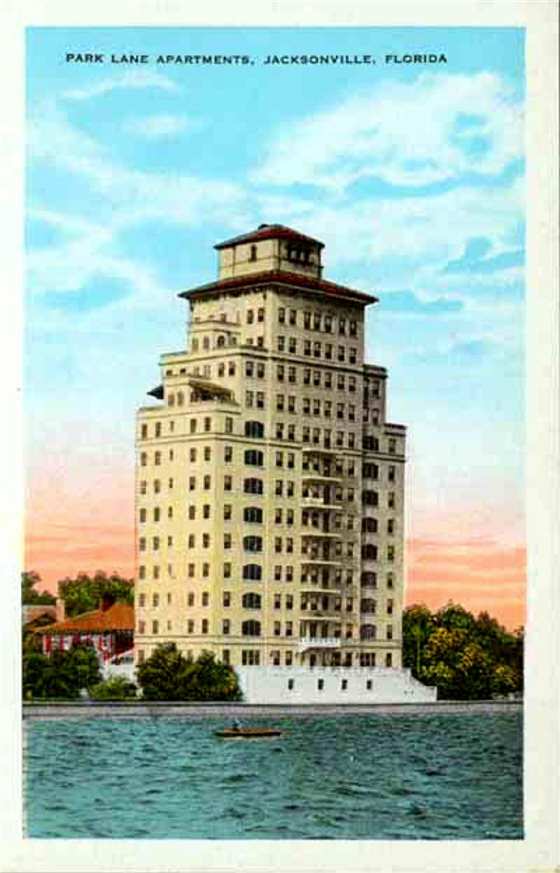- Home
- Florida History
- Florida Heritage Sites
- Don Pedro Island State Park
DON PEDRO ISLAND
STATE PARK
By Mike Miller October 8, 2025
OVERVIEW
Don Pedro Island State Park covers 130 acres off Florida's southwest coast. It forms part of a barrier island chain.
The park has white sand beaches, mangroves, and hiking trails. Visitors boat to the island for swimming, shelling, and birdwatching.
A dock and pavilion provide basic facilities. Wildlife you might see out there includes manatees and eagles. The site offers a remote Gulf experience.
 Resident crab at Don Pedro Island State Park
Resident crab at Don Pedro Island State ParkHISTORICAL SIGNIFICANCE
The Calusa Indians inhabited the area for over 1,000 years. They fished and hunted along the coast.
Spanish explorer Don Pedro Menéndez de Avilés explored nearby in 1565. His name inspired the island's title. European settlers arrived in the 1800s for fishing and farming.
The state acquired the land in 1968 to protect the ecosystem. It opened as a park in 1981. Hurricanes reshaped the island over time, but mangroves aid recovery.
The park preserves Calusa shell middens and early settler traces.
VISITING DETAILS
Don Pedro Island State Park lies eight miles west of Englewood, Florida, between Knight and Little Gasparilla islands. Access it only by private boat, kayak, or ferry.
Use Palm Island Transit at 2000 Panama Boulevard, Englewood, for ferries; call (941) 475-0777 for schedules.
The island dock is on the bay side via a 2.5-foot-deep channel south of the Cape Haze power line. Idle through the channel to avoid grounding.
The park opens daily at 8 AM and closes at 5 PM. Trails cover one mile through 11 natural communities. Picnic at the pavilion.
Bring water and snacks as there is no water on the island (or restrooms). Pets are allowed on a six-foot leash but not on beaches.
INTERESTING FACTS
- Calusa shell middens on the island date back over 1,000 years, marking ancient fishing sites.
- The park's 11 natural communities include rare coastal scrub and mangrove swamps.
- West Indian manatees frequent the bay side dock area during winter months.
- Gopher tortoises burrow in the dunes, serving as keystone species for the ecosystem.
DON PEDRO ISLAND STATE PARK WEBSITE
LOCATION MAP

Florida is the fastest-growing state in the United States and also the fastest-changing. If you see anything in this article that has changed or is in error, please let me know.
Thousands of Florida fans subscribe to our free daily Ezine, Florida Heritage Travel and we have 130,000 followers on Facebook.
By Mike Miller, Copyright 2009-2025
Florida-Back-Roads-Travel.com
Florida Back Roads Travel is not affiliated with or endorsed by Backroads, a California-based tour operator which arranges and conducts travel programs throughout the world.
